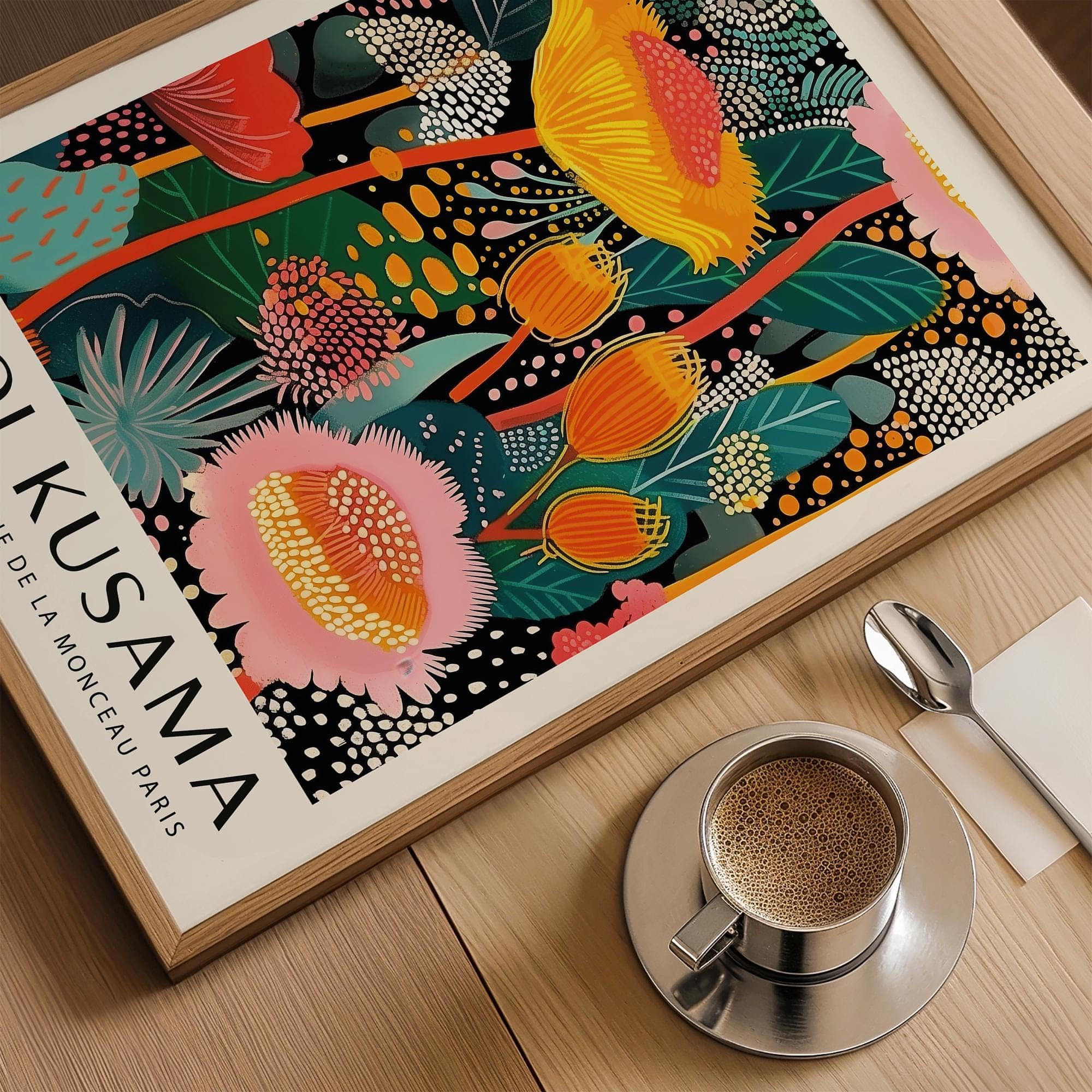Explore the captivating world of prints Japanese—artworks that reflect centuries of culture, creativity, and craftsmanship from Japan. These pieces are more than just decoration; they’re windows into the floating world of historical Japan.
Japanese Woodblock Prints: Where Art Meets History
Japanese woodblock prints—also known as ukiyo e—originated during the Edo period. These prints were once affordable artworks, widely available to the public, and today are considered iconic masterpieces. Each piece was hand-carved and hand-printed, capturing everything from everyday life to dramatic landscapes and legendary stories.
Japanese Prints: From Everyday Life to Elevated Art
Unlike Western painting traditions, Japanese prints focus on simplicity, asymmetry, and natural themes. These prints offer a sense of peace, often depicting tranquil views of nature, famous landmarks, or beautiful women. They celebrate both stillness and motion in a style that remains deeply influential today.
The Floating World Captured on Paper
The term floating world refers to the pleasure districts and urban culture of Edo-period Japan. Artists painted scenes from this world—kabuki actors, courtesans, tea houses—with sharp lines and vibrant pigments. These moments, frozen in time, allow us to experience the color and energy of a long-past world.
Mount Fuji in Japanese Prints
Few subjects appear more often in Japanese woodblock prints than Mount Fuji(Yayoi Kusama Print | Abstract Mountain Fuji Landscape Print – Laboo Studio). Whether covered in snow or peeking through clouds, Fuji represents spiritual strength and natural majesty. It’s been the centerpiece of countless series, especially in the iconic works of Katsushika Hokusai.
Katsushika Hokusai: The Master Behind the Wave
If you know Japanese prints, you know Hokusai. His "Thirty-Six Views of Mount Fuji" is legendary, particularly “The Great Wave off Kanagawa.” Hokusai’s work captures the power of nature and the fragility of life—a hallmark of ukiyo e thinking.
Hiroshi Yoshida: A New Take on Tradition
While Hokusai was known for the Edo period, Hiroshi Yoshida came much later, during the shin hanga movement in the early 20th century. His work is refined and painterly, merging Western realism with traditional Japanese techniques. Yoshida’s landscapes, especially his Fuji series, offer a fresh view of old beauty.
Shin Hanga: Reviving the Woodblock Print
The shin hanga movement brought new life to Japanese prints in the 1900s. Artists like Yoshida updated old methods with new techniques and styles, appealing to both Japanese and Western audiences. These works combined subtle light, realistic shading, and emotional depth.
Recent Additions to the World of Japanese Prints
Today, collectors and museums are constantly adding recent additions to their collections. Many exhibitions showcase these finds, highlighting new insights into historical periods or unknown artists. These updates keep the tradition alive, connecting the past with the present.
The Art of Displaying Japanese Prints
Whether you own one piece or a full collection, how you display it matters. Consider simple wooden frames or scroll-style hangings. Let the print breathe with space around it. The goal is to let the colors, lines, and textures speak for themselves.
From Edo to Today: A Timeline of Beauty
Japanese prints span centuries. The Edo period gave birth to ukiyo e. The Meiji era introduced modern methods. Then shin hanga revived the style in the 20th century. And today, these prints remain relevant, admired, and widely collected.
Traveling Through Japan, One Print at a Time
Many series of prints follow a journey—along rivers, through mountains, or across seasons. Artists like Hiroshige took viewers on visual travels through Japan. These prints let you view the country through a poetic lens.
The Role of the Artist in Japanese Printmaking
The artist didn’t work alone. Printmaking was a team effort—artist, carver, printer, and publisher. Each step was carefully done by hand. The result? A print with soul and subtlety, unlike any mass-produced image today.
Moonlight and Mystery
The moon often features in Japanese prints, casting soft shadows and adding depth. These night scenes evoke stillness, mystery, and beauty. They’re especially popular in shin hanga works, where shading and light were expertly controlled.
Exploring a Print Collection
Building your own collection of Japanese woodblock prints can be both thrilling and meaningful. Start with one that speaks to you. Maybe it's a quiet landscape, a dramatic ocean wave, or a moonlit mountain.
Sign of the Times: Artist Signatures
Each piece includes a sign—the artist’s signature or seal. This adds to the print’s story. Identifying these marks can be a fun part of collecting and helps in learning about the work and its era.
Search for the Perfect Print
When you search for Japanese prints, think about subject, era, and style. Do you want bold color or subtle detail? A famous scene or a quiet moment? The right print can transform your wall—and your mood.
Present and Past: A Living Tradition
Japanese woodblock prints are not relics. They’re a living tradition. New artists continue to work in this style. Museums hold regular exhibitions. Collectors seek updates and recent additions. This art form is still very much alive today.










































